Tooth Care

When X-rays pass through your mouth during a dental exam, more X-rays are absorbed by the denser parts (such as teeth and bone) than by soft tissues (such as cheeks and gums) before striking the film. This creates an image on the radiograph. Teeth appear lighter because fewer X-rays penetrate to reach the film. Cavities and gum disease appear darker because of more X-ray penetration. The interpretation of these X-rays allows the dentist to safely and accurately detect hidden abnormalities. How often dental X-rays (radiographs) should be taken depends on the patient`s individual health needs. It is important to recognize that just as each patient is different from the next, so should the scheduling of X-ray exams be individualized for each patient. Your medical and dental history will be reviewed and your mouth examined before a decision is made to take X-rays of your teeth. The schedule for needing radiographs at recall visits varies according to your age, risk for disease and signs and symptoms. Recent films may be needed to detect new cavities, or to determine the status of gum disease or for evaluation of growth and development. Children may need X-rays more often than adults. This is because their teeth and jaws are still developing and because their teeth are more likely to be affected by tooth decay than those of adults.

Women have special needs when it comes to their oral health. That’s because the physical changes they undergo through life—menstruation, pregnancy and childbirth, breast-feeding and menopause—cause many changes in the body, some harmful to teeth and gums. Lesions and ulcers, dry sockets, as well as swollen gums, can sometimes occur during surges in a woman's hormone levels. These periods would be a prime time to visit the dentist. Birth control pills have been shown to increase the risk of gingivitis, and hormone replacement therapy has been shown to cause bleeding and swollen gums. Gum disease can also present a higher risk for premature births. Some research has shown that women may be more likely to develop dry mouth, eating disorders, jaw problems such as temporomandibular joint disorders, and facial pain—all of which can be difficult from a physical and emotional standpoint. Taking care of your mouth with proper oral health care is essential, and can go a long way to helping you face the physical changes in your body over the years.
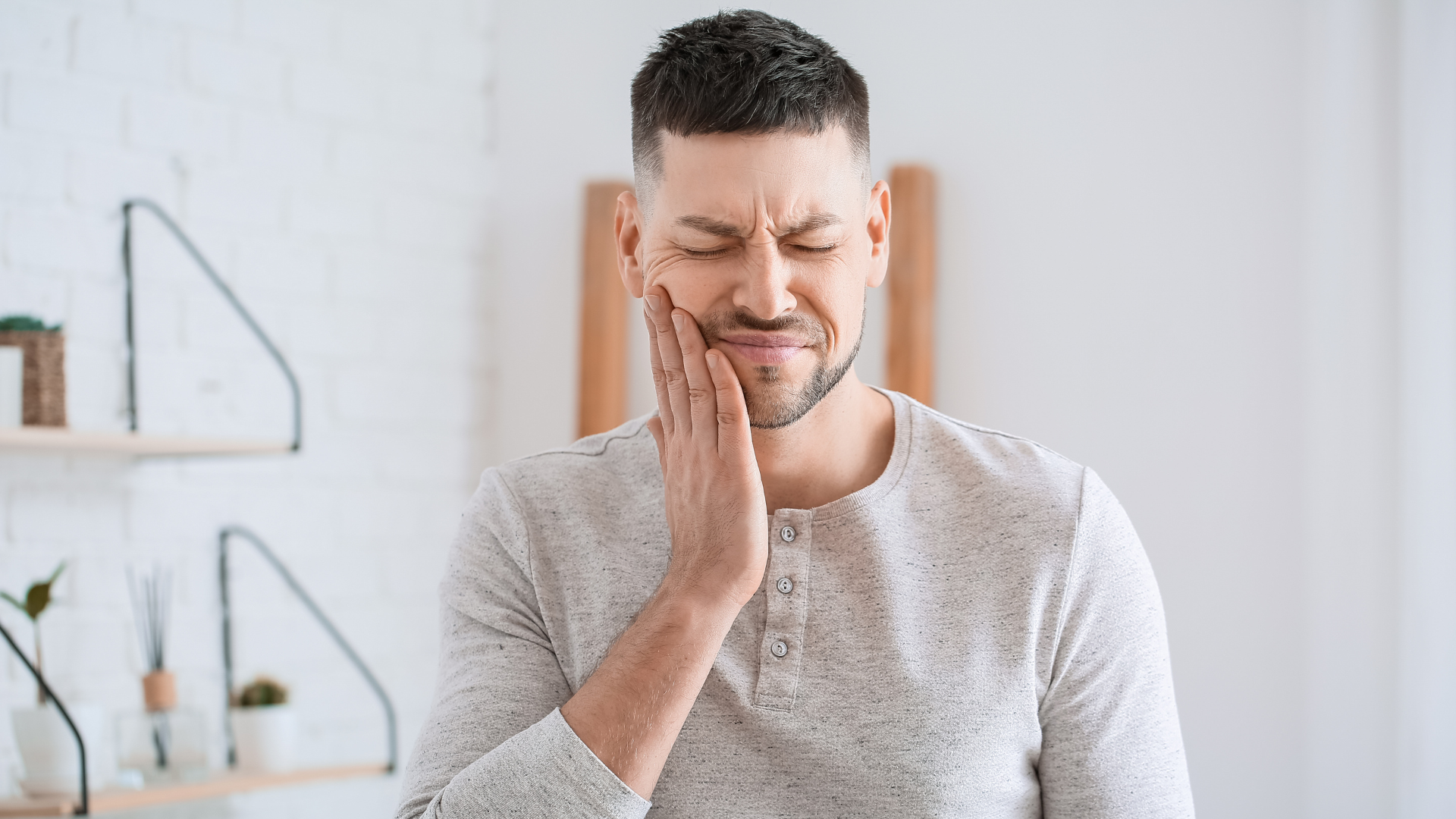
Plaque is an insidious substance—a colorless, sticky film—that blankets your teeth and creates an environment in which bacteria erode tooth enamel, cause gum irritation, infection in inner structures such as pulp and the roots, and in extreme cases, tooth loss. Some of the biggest culprits causing plaque are foods rich in sugar and carbohydrates, including soda beverages, some juices, candy and many kinds of pasta, breads and cereals. Plaque also can attack fillings and other restorations in your mouth, which can lead to more costly treatment down the road. Plaque is the main cause of tooth decay. It can also cause your gums to become irritated, inflamed, and bleed. Over time, the plaque underneath your gums may cause periodontal disease, which can lead to bone loss and eventual tooth loss. Inside your teeth, decay can gradually destroy the inner layer, or dentin. It can also destroy the pulp, which contains blood vessels, nerves and other tissues, as well as the root. Periodontal disease is advanced gum disease. This serious condition occurs when the structures that support your teeth—the gums and bone—break down from the infection. Pain, hypersensitivity and bleeding are some of the signs of periodontal disease. Simple Preventative Measures The two best defenses against tooth decay and gum disease are a healthy, well-balanced diet and good oral hygiene, including daily brushing with fluoride toothpaste, flossing and rinsing. Most public drinking water contains fluoride, but if you are unsure of your water supply, then use a good quality mouth rinse containing fluoride. A good way to help your oral health between brushing is chewing sugarless gum; this stimulates your body's production of saliva, a powerful chemical that actually neutralizes plaque formation and rinses decay-causing food particles and debris from your mouth. In some cases, our office can prescribe anti-cavity rinses or apply special anti-cavity varnishes or sealants to help fight decay.
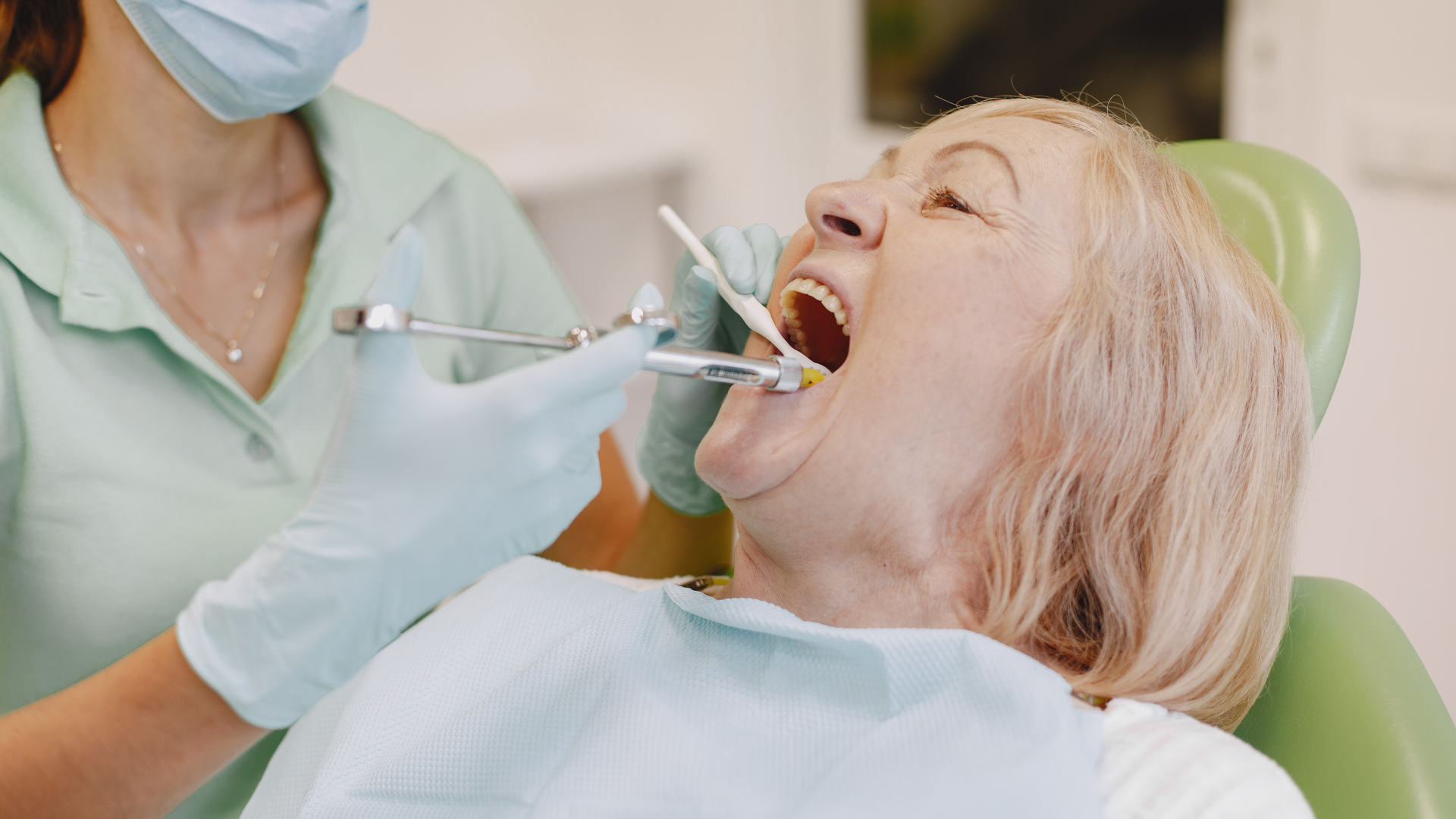
More and more people are avoiding the need for dentures as they grow older, going against the notion that false teeth are a normal part of growing older. In fact, there's usually no reason for you NOT to keep your teeth your entire life, providing you maintain a healthy balanced diet and practice good oral hygiene. Another desirable side effect of good oral hygiene: avoiding more serious problems such as hypertension, cardiovascular disease, diabetes, and even stroke. Indeed, medical research is beginning to show that a healthy mouth equates to a healthy body and a longer life. Dexterity and Arthritis People who suffer from arthritis or other problems of dexterity may find it difficult and painful to practice good oral hygiene. Thankfully, industry has responded with ergonomically designed devices such as toothbrushes and floss holders that make it easier to grasp and control. You can also use items around the house to help you. Inserting the handle of your toothbrush into a small rubber ball, or extending the handle by attaching a small piece of plastic or Popsicle stick may also do the trick. Floss can also be tied into a tiny loop on either side, making it easier to grasp and control the floss with your fingers.

Sealants are liquid coatings that harden on the chewing surfaces of teeth and are showing a great deal of effectiveness in preventing cavities—even on teeth where decay has begun. The pits and grooves of your teeth are prime areas for opportunistic decay. Even regular brushing sometimes misses these intricate structures on the chewing surfaces of your teeth. The sealants are applied to the chewing surfaces and are designed to prevent the intrusion of bacteria and other debris into the deep crevices on the tops of teeth. Sealants actually were developed about 50 years ago, but didn't become commonly used until the 1970s. Today, sealants are becoming widely popular and effective; young children are great candidates for preventative measures like sealants (especially on molars) because in many cases, decay has not set in. Even on teeth where decay is present, sealants have been shown to fight additional damage. Application Sealants are applied by first cleaning the tooth surface. The procedure is followed by "etching" the tooth with a chemical substance, which allows the sealant to better adhere. After the sealant is applied, a warm light source is directed to the site to promote faster drying. Sealants usually need re-application every five to 10 years.

Infants Infants should be seen by our office after the first six months of age, and at least by the child's first birthday. By this time, the baby's first teeth, or primary teeth, are beginning to erupt and it is a critical time to spot any problems before they become big concerns. Conditions like gum irritation and thumb-sucking could create problems later on. Babies who suck their thumbs may be setting the stage for malformed teeth and bite relationships. Another problem that can be spotted early is a condition called "baby bottle tooth decay," which is caused by sugary substances in breast milk and some juices, which combine with saliva to form pools inside the baby's mouth. If left untreated, this can lead to premature decay of your baby's future primary teeth, which can later hamper the proper formation of permanent teeth. One of the best ways to avoid baby bottle tooth decay is to not allow your baby to nurse on a bottle while going to sleep. Avoid dipping pacifiers in sweet substances such as honey, because this only encourages early decay in the baby's mouth. Encouraging your young child to drink from a cup as early as possible will also help stave off the problems associated with baby bottle tooth decay. Teething, Pacifiers and Thumb-Sucking Teething is a sign that your child's gums are sore. This is perfectly normal. You can help relieve this by allowing the baby to suck on a teething ring, or gently rubbing your baby's gums with the back of a small spoon, a piece of wet gauze, or even your finger. For babies under the age of 4, teething rings and pacifiers can be safely used to facilitate the child's oral needs for relieving gum pain and for suckling. After the age of 4, pacifiers are generally discouraged because they may interfere with the development of your child's teeth. Moreover, thumb-sucking should be strongly discouraged because it can lead to malformed teeth that become crooked and crowded. Primary and Permanent Teeth Every child grows 20 primary teeth, usually by the age of 3. These teeth are gradually replaced by the age of 12 or so with a full set of 28 permanent teeth, and later on, four molars called "wisdom teeth." It is essential that a child's primary teeth are healthy, because their development sets the stage for permanent teeth. If primary teeth become diseased or do not grow in properly, chances are greater that their permanent replacements will suffer the same fate. For example, poorly formed primary teeth that don't erupt properly could crowd out spaces reserved for other teeth. Space maintainers can sometimes be used to correct this condition, if it is spotted early enough. Brushing Babies' gums and teeth can be gently cleaned with special infant toothbrushes that fit over your finger. Water is suitable in lieu of toothpaste (because the baby may swallow the toothpaste). Parents are advised to avoid fluoride toothpastes on children under the age of 2. Primary teeth can be cleansed with child-sized, soft-bristled toothbrushes. Remember to use small portions of toothpaste (a pea-sized portion is suitable), and teach your child to spit out, not swallow, the toothpaste when finished. Fluoride Fluoride is generally present in most public drinking water systems. If you are unsure about your community's water and its fluoride content, or learn that it has an unacceptable level of fluoride in it, there are fluoride supplements your dentist can prescribe. Your child may not be getting enough fluoride just by using fluoride toothpaste. Toothaches Toothaches can be common in young children. Sometimes, toothaches are caused by erupting teeth, but they also could indicate a serious problem. You can safely relieve a small child's toothache without the aid of medication by rinsing the mouth with a solution of warm water and table salt. If the pain doesn't subside, acetaminophen may be used. If such medications don't help, contact your dentist immediately. Injuries You can help your child prevent oral injuries by closely supervising him during play and not allowing the child to put foreign objects in the mouth. For younger children involved in physical activities and sports, mouth guards are strongly encouraged, and can prevent a whole host of injuries to the teeth, gums, lips and other oral structures. Mouth guards are generally small plastic appliances that safely fit around your child's teeth. Many mouth guards are soft and pliable when opened, and mold to the child's teeth when first inserted. If the tooth has been knocked out, try to place the tooth back in its socket while waiting to see our office. Remember to hold the dislocated tooth by the crown—not the root. If you cannot relocate the tooth, place it in a container of cold milk, saline or the victim's own saliva. Place the tooth in the solution. First, rinse the mouth of any blood or other debris and place a cold cloth or compress on the cheek near the injury. This will keep down swelling. For a fractured tooth, it is best to rinse with warm water and again, apply a cold pack or compress. Ibuprofen may be used to help keep down swelling. If the tooth fracture is minor, the tooth can be sanded or if necessary, restored by the dentist if the pulp is not severely damaged. If a child's primary tooth has been loosened by an injury or an emerging permanent tooth, try getting the child to gently bite down on an apple or piece of caramel; in some cases, the tooth will easily separate from the gum. Irritation caused by retainers or braces can sometimes be relieved by placing a tiny piece of cotton or gauze on the tip of the wire or other protruding object. If an injury occurs from a piece of the retainer or braces lodging into a soft tissue, contact our office immediately and avoid dislodging it yourself. Sealants Sealants fill in the little ridges on the chewing part of your teeth to protect and seal the tooth from food and plaque. The application is easy to apply and typically last for several years.

Periodontal exams are vital in the maintenance of your oral health as they are used to assess the health of your gums and teeth. They can help your dentist diagnose gum diseases, gingivitis and periodontitis. These exams can also reveal receding gums, exposed roots, tooth grinding and other problems, making periodontal exams vital to maintaining proper oral health. Regular dental exams are important as they can reveal evidence of gum disease in its early stages. During your periodontal examination, your dentist will check: For any lumps or abnormal areas in the mouth Whether any of your teeth are missing or loose The color, texture, size and shape of your gums Whether you have fillings, crowns, bridges, dentures or implants How much plaque is on your teeth The depth of the space between your tooth and gum Gingivitis is the first stage of periodontal disease that causes inflammation of the gums. Dental x-rays can determine if the inflammation has spread to the supporting structures on the teeth so treatment can be started to correct the problem. Periodontitis occurs when gingivitis goes untreated, which makes periodontal exams vital to preventing and putting an end to gum diseases. Your dentist will complete a periodontal exam with each visit, emphasizing the importance of regular, routine visits to your dentist's office.
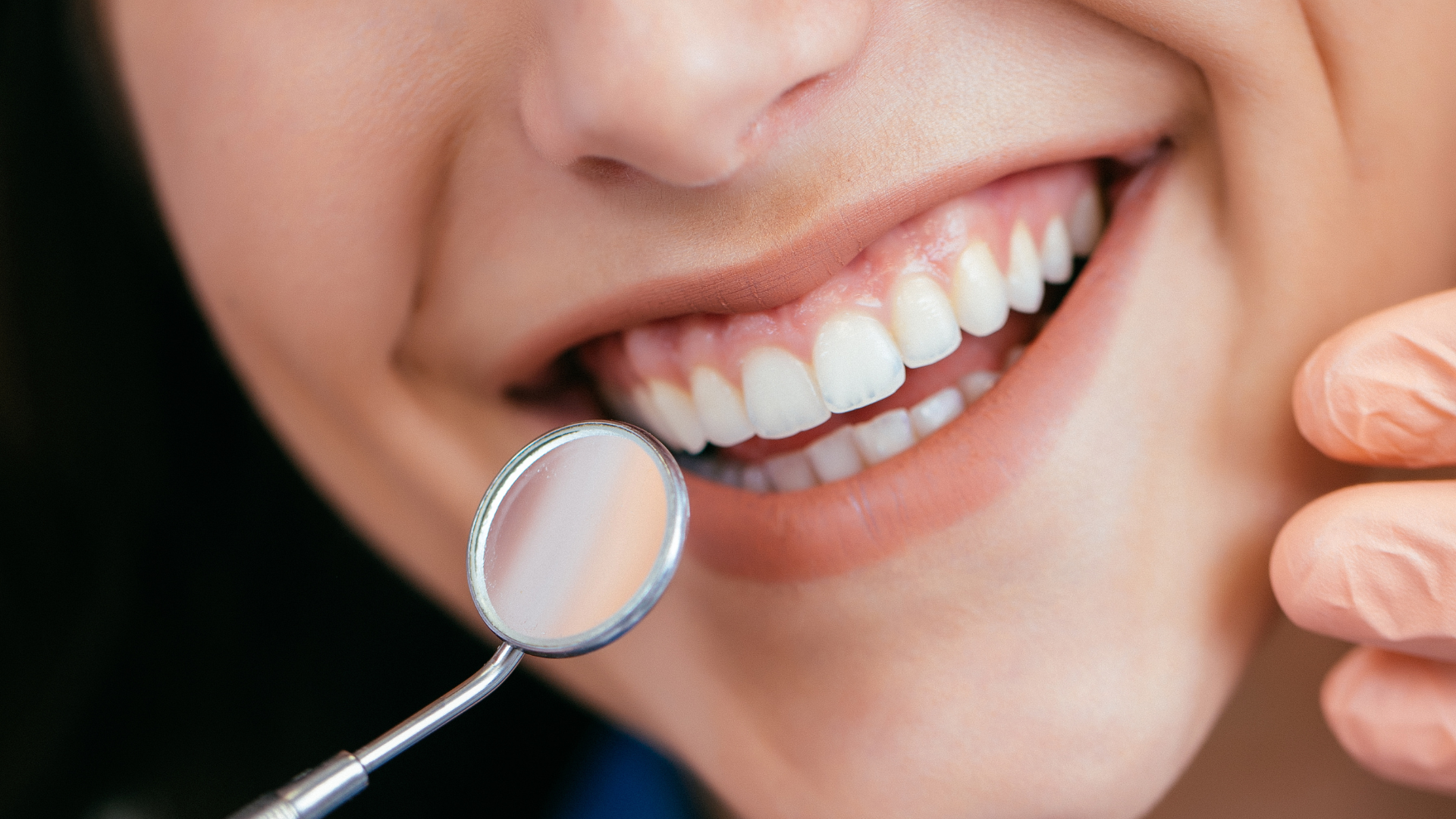
It has long been known that good nutrition and a well-balanced diet is one of the best defenses for your oral health. Providing your body with the right amounts of vitamins and minerals helps your teeth and gums—as well as your immune system—stay strong and ward off infection, decay and disease. Harmful acids and bacteria in your mouth are left behind from eating foods high in sugar and carbohydrates. These include carbonated beverages, some kinds of fruit juices, and many kinds of starch foods like pasta, bread and cereal. Children's Nutrition and Teeth Good eating habits that begin in early childhood can go a long way to ensuring a lifetime of good oral health. Children should eat foods rich in calcium and other kinds of minerals, as well as a healthy balance of the essential food groups like vegetables, fruits, dairy products, poultry and meat. Fluoride supplements may be helpful if you live in a community without fluoridated water, but consult with our office first. (Be aware that sugars are even found in some kinds of condiments, as well as fruits and even milk.) Allowing your children to eat excessive amounts of junk food (starches and sugars)—including potato chips, cookies, crackers, soda, artificial fruit rollups and granola bars—only places them at risk for serious health problems, including obesity, osteoporosis and diabetes. The carbonation found in soda, for example, can actually erode tooth enamel. Encourage your child to use a straw when drinking soda; this will help keep at least some of the carbonated beverage away from the teeth. Adult Nutrition and Teeth There's no discounting the importance of continuing a healthy balanced diet throughout your adult life.

The Food and Drug Administration classifies mouth rinses into two categories - therapeutic and cosmetic. In general, therapeutic rinses with fluoride have been shown to actually fight cavities, plaque and gingivitis. On the other hand, cosmetic rinses merely treat breath odor, reduce bacteria and/or remove food particles in the mouth. They do nothing to treat or prevent gingivitis. People who have difficulty brushing (because of physical difficulties such as arthritis) can benefit from a good therapeutic mouth rinse. Caution: Even rinses that are indicated to treat plaque or cavities are only moderately effective. In fact, regular rinsing with water and use of good quality fluoride toothpaste are just as or more effective.
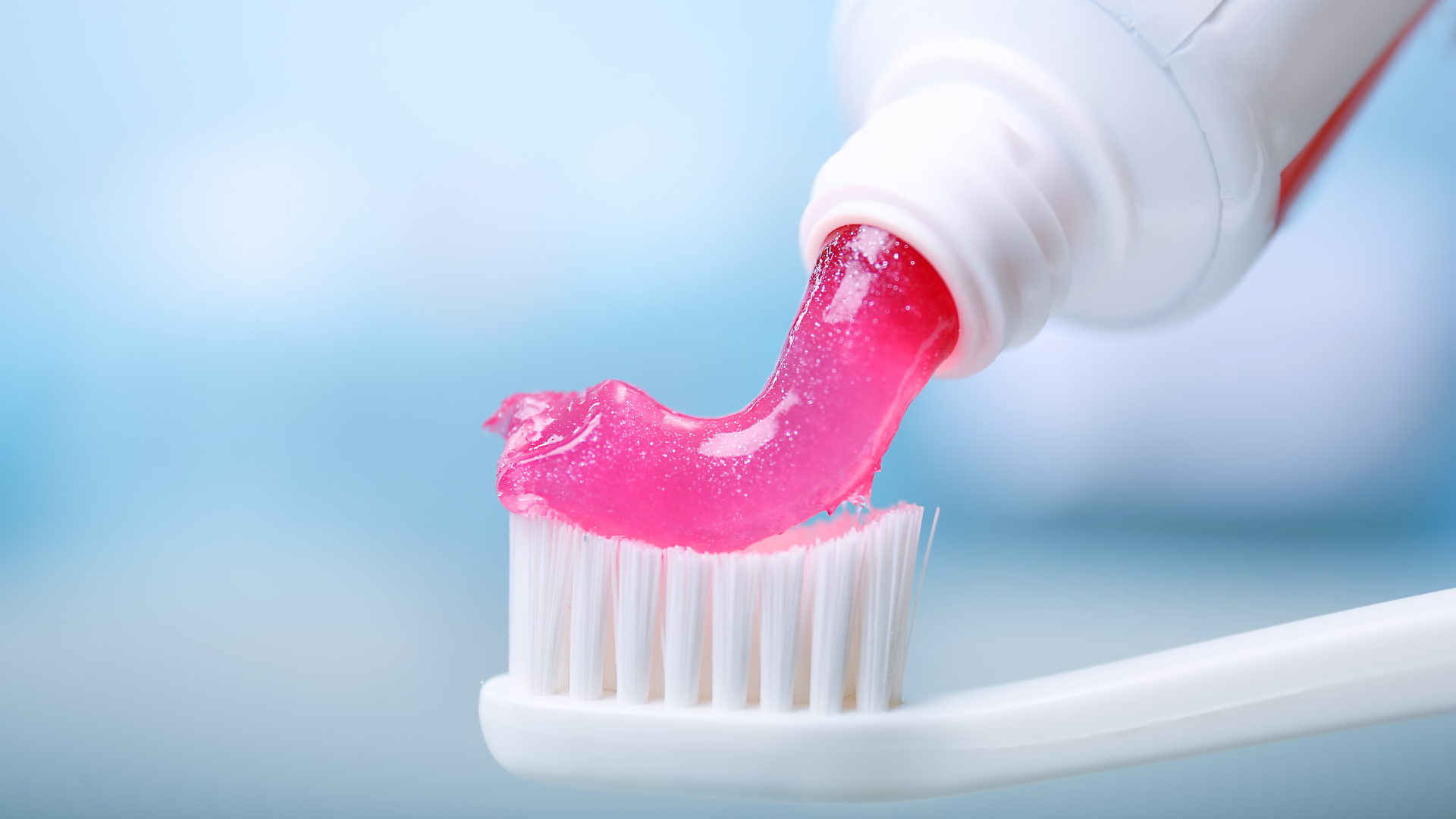
For decades, fluoride has been held in high regard by the dental community as an important mineral that is absorbed into and strengthens tooth enamel, thereby helping to prevent decay of tooth structures. In nearly every U.S. community, public drinking supplies are supplemented with sodium fluoride because the practice is acknowledged as safe and effective in fighting cavities. Some private wells may contain naturally fluoridated water. What Is Fluoride? Fluoride is a compound of the element fluorine, which can found throughout nature in water, soil, air and food. By adding fluoride into our drinking water, it can be absorbed easily into tooth enamel, especially in children’s growing teeth, which helps to reduce tooth decay. Why Is Fluoride Important To Teeth? Fluoride is absorbed into structures, such as bones and teeth, making them stronger and more resistant to fractures and decay. A process in your body called "remineralization" uses fluoride to repair damage caused by decay. How Do I Get Fluoride? Just drinking public water will provide a certain measure of fluoride protection. But for years, health professionals have endorsed the practice of supplementing our intake with certain dietary products, and topical fluorides in many toothpastes and some kinds of rinses. Certain beverages such as tea and soda may also contain fluoride. Certain kinds of dental varnishes and gels may also be applied directly to teeth to boost fluoride intake. Fluoride Safety It is generally NOT safe to swallow toothpastes, rinses, or other products containing topical fluoride. In rare cases, some people may be overexposed to high concentrations of fluoride, resulting in a relatively harmless condition called fluorosis, which leaves dark enamel stains on teeth.
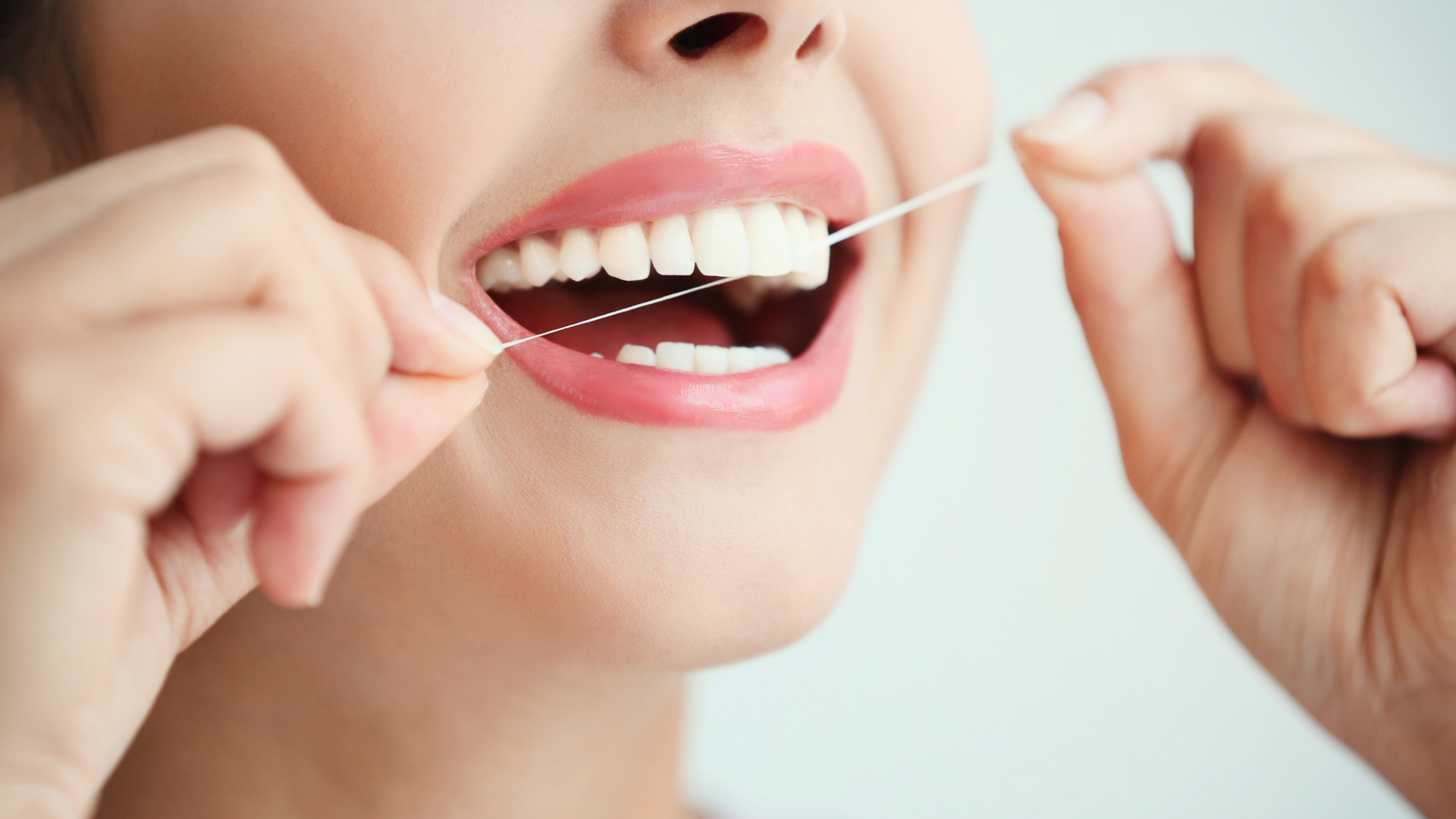
What is Flossing? Flossing is a method for removing bacteria and other debris that cannot be reached by a toothbrush. It generally entails a very thin piece of synthetic cord you insert and move up and down between the sides of two adjoining teeth. Why is Flossing important? Many dentists believe that flossing is the single most important weapon against plaque. In any event, daily flossing is an excellent and proven method for complementing your brushing routine and helping to prevent cavities, periodontal disease, and other dental problems later in life. It also increases blood circulation in your gums. Floss removes plaque and debris that stick to your teeth and gums. How Often to Floss Floss at least once every day. Like brushing, flossing should take about three minutes and can easily be done while doing another activity, such as watching television. Do not attempt to floss your teeth while operating a motor vehicle or other machinery. Flossing Techniques There are two common methods for flossing, the "spool method" and the "loop method". The spool method is the most popular for those who do not have problems with stiff joints or fingers. The spool method works like this: Break off about 18 inches of floss and wind most of it around your middle finger. Wind the rest of the floss similarly around the middle finger of your other hand. This finger takes up the floss as it becomes soiled or frayed. Move the floss between your teeth with your index fingers and thumbs. Maneuver the floss up and down several times forming a "C" shape around the tooth. While doing this, make sure you go below the gum line, where bacteria are known to collect heavily. The loop method is often effective for children or adults with dexterity problems like arthritis. The loop method works like this: Break off about 18 inches of floss and form it into a circle. Tie it securely with two or three knots. Place all of your fingers, except the thumb, within the loop. Use your index fingers to guide the floss through your lower teeth, and use your thumbs to guide the floss through the upper teeth, going below the gum line and forming a "C" on the side of the tooth. With either method of flossing, never "snap" the floss because this can cut your gums. Make sure that you gently scrape the side of each tooth with the floss. Your gums may be tender or even bleed for the first few days after flossing - a condition that generally heals within a few days.

A knocked out tooth or bitten tongue can cause panic in any parent, but quick thinking and staying calm are the best ways to approach such common dental emergencies and prevent additional unnecessary damage and costly dental restoration. This includes taking measures such as application of cold compresses to reduce swelling, and of course, contacting our office as soon as possible.

Dentures today are made from very advanced materials designed to give you a natural appearance. However, keep in mind that just like your teeth, dentures should be cared for with the same diligence. This means daily brushing and regular visits to your dentist. Regular visits to your dentist are critical. Your dentist also can make minor adjustments that ensure that your dentures continue fitting naturally and comfortably. Just like natural teeth, dentures need to be cleansed of plaque, food particles and other debris. Keeping your dentures in top shape will also help keep the soft tissues of your mouth healthy; an unclean or malformed denture can cause infections and irritation. Cleaning Techniques Remember to rinse and brush your dentures after every meal, and soak them in denture solution overnight. This also allows your gums to breathe while you sleep. Here are some simple techniques for keeping your dentures clean: People can brush their dentures in a variety of ways. Some people use soap and water or a slightly abrasive toothpaste. Popular denture pastes and creams also can be used. Avoid using highly abrasive chemicals or pastes, or vigorously brushing with hard bristled toothbrushes. These can scratch or even crack dentures. Hold your dentures gently to avoid loosening a tooth. Clean your dentures with cool or tepid water over a water-filled sink. Hot water may warp a denture. A small washcloth placed in the bottom of the bowl will ensure that your denture isn't damaged if it falls. Soak your dentures overnight in any commercially available product like Efferdent or Polident, and remember to rinse your dentures before placing them back in your mouth. Remember to use a separate toothbrush to clean your own natural teeth, as well as all of your gum tissues. In lieu of a toothbrush, a soft washcloth may be used to wipe your gums. Over time, even daily care of your dentures may require them to be cleaned by the dentist. A powerful ultrasonic cleaner may be used to remove hard accumulations of tartar and other substances.
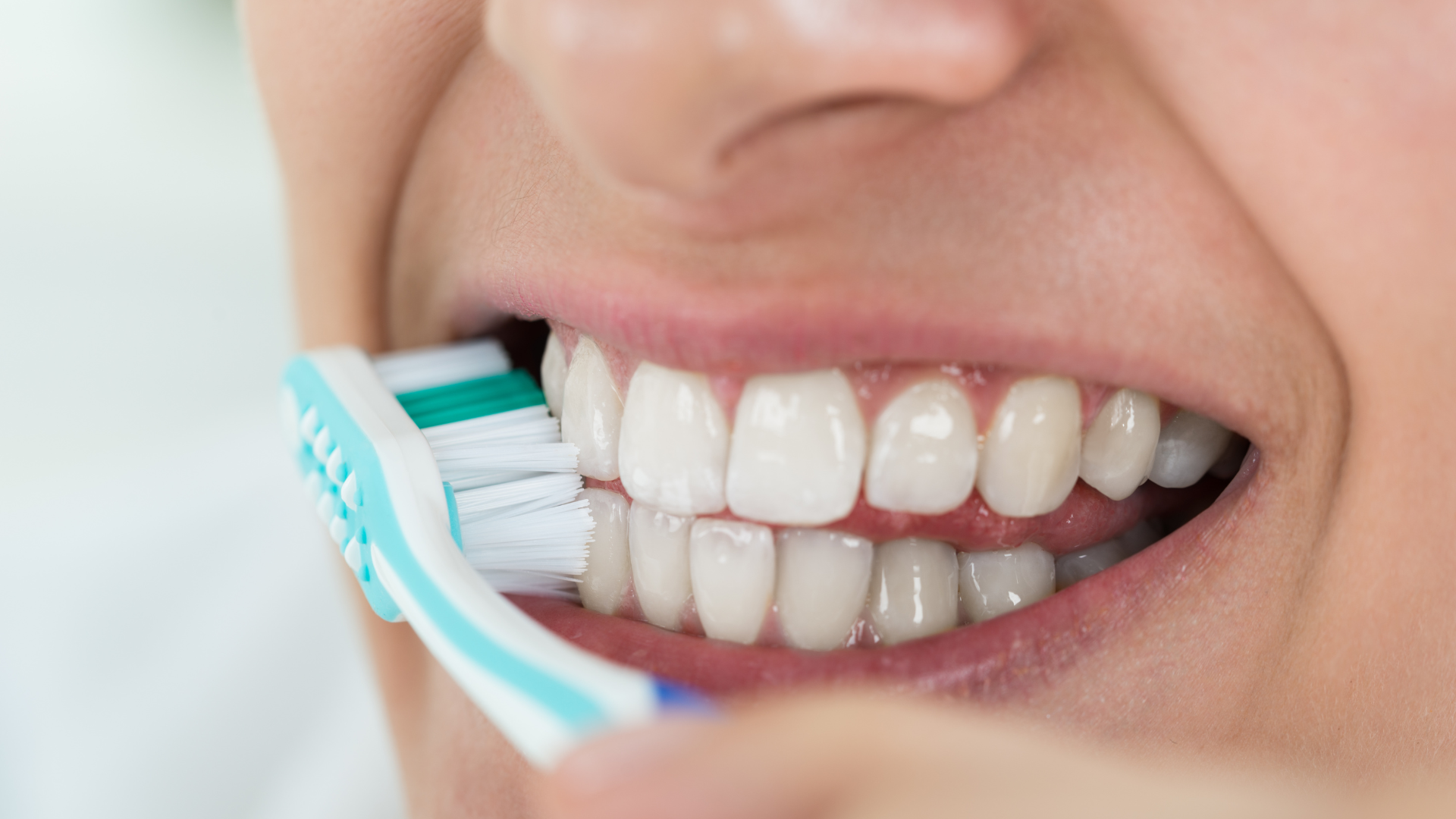
Brushing is the most effective method for removing harmful plaque from your teeth and gums. Getting the debris off your teeth and gums in a timely manner prevents bacteria in the food you eat from turning into harmful, cavity causing acids. Most dentists agree that brushing three times a day is the minimum; if you use a fluoride toothpaste in the morning and before bed at night, you can get away without using toothpaste during the middle of the day. A simple brushing with plain water or rinsing your mouth with water for 30 seconds after lunch will generally do the job. Brushing techniques Since everyone's teeth are different, see me first before choosing a brushing technique. Here are some popular techniques that work: Use a circular motion to brush only two or three teeth at a time, gradually covering the entire mouth. Place your toothbrush next to your teeth at a 45-degree angle and gently brush in a circular motion, not up and down. This kind of motion wears down your tooth structure and can lead to receding gums, or expose the root of your tooth. You should brush all surfaces of your teeth - front, back, top, and between other teeth, rocking the brush back and forth gently to remove any plaque growing under the gum. Don't forget the other surfaces of your mouth that are covered in bacteria - including the gums, the roof and floor of your mouth, and most importantly, your tongue. Brushing your tongue not only removes trapped bacteria and other disease-causing germs, but it also freshens your breath. Remember to replace your brush when the bristles begin to spread because a worn toothbrush will not properly clean your teeth. Effective brushing usually takes about three minutes. Believe it or not, studies have shown that most people rush during tooth brushing.

